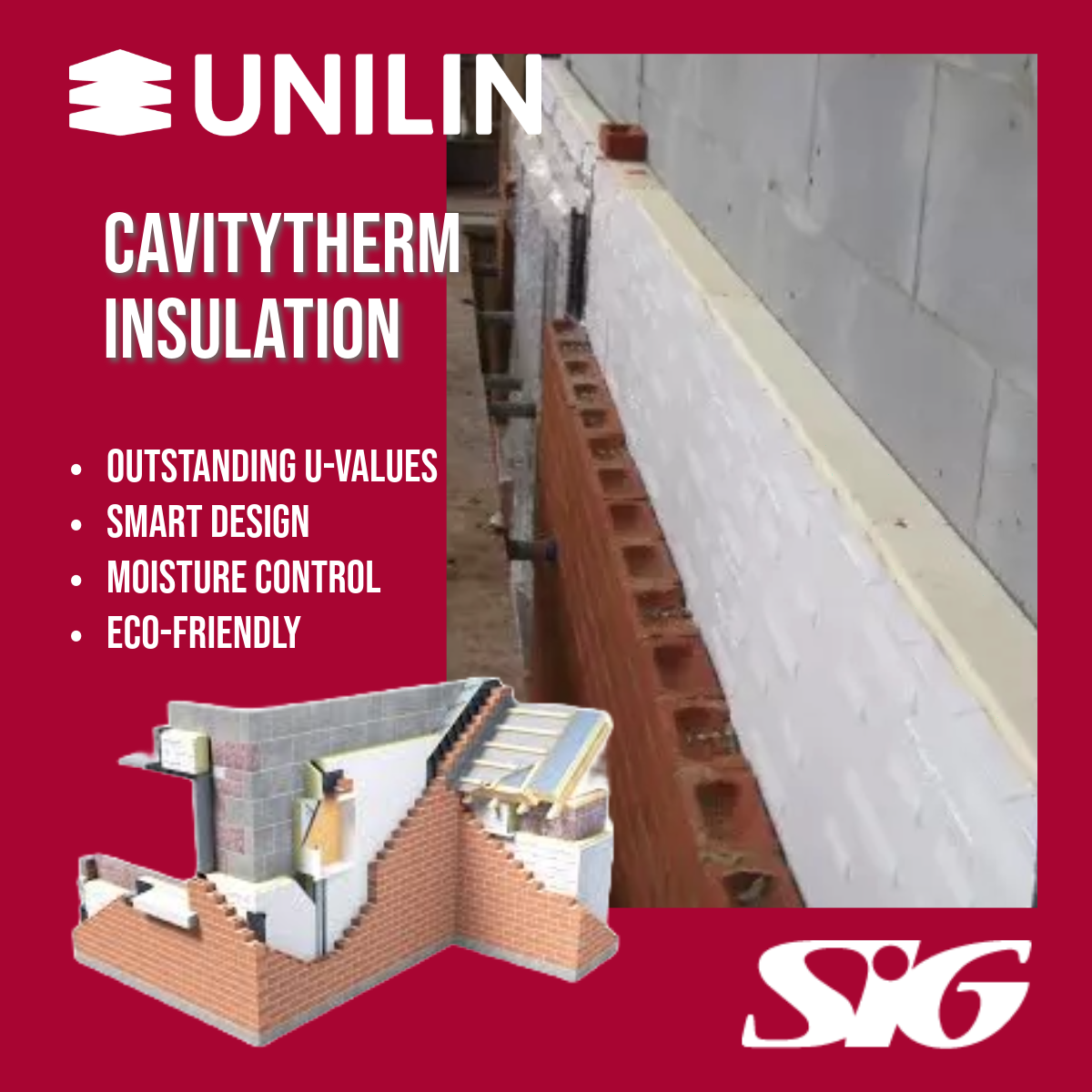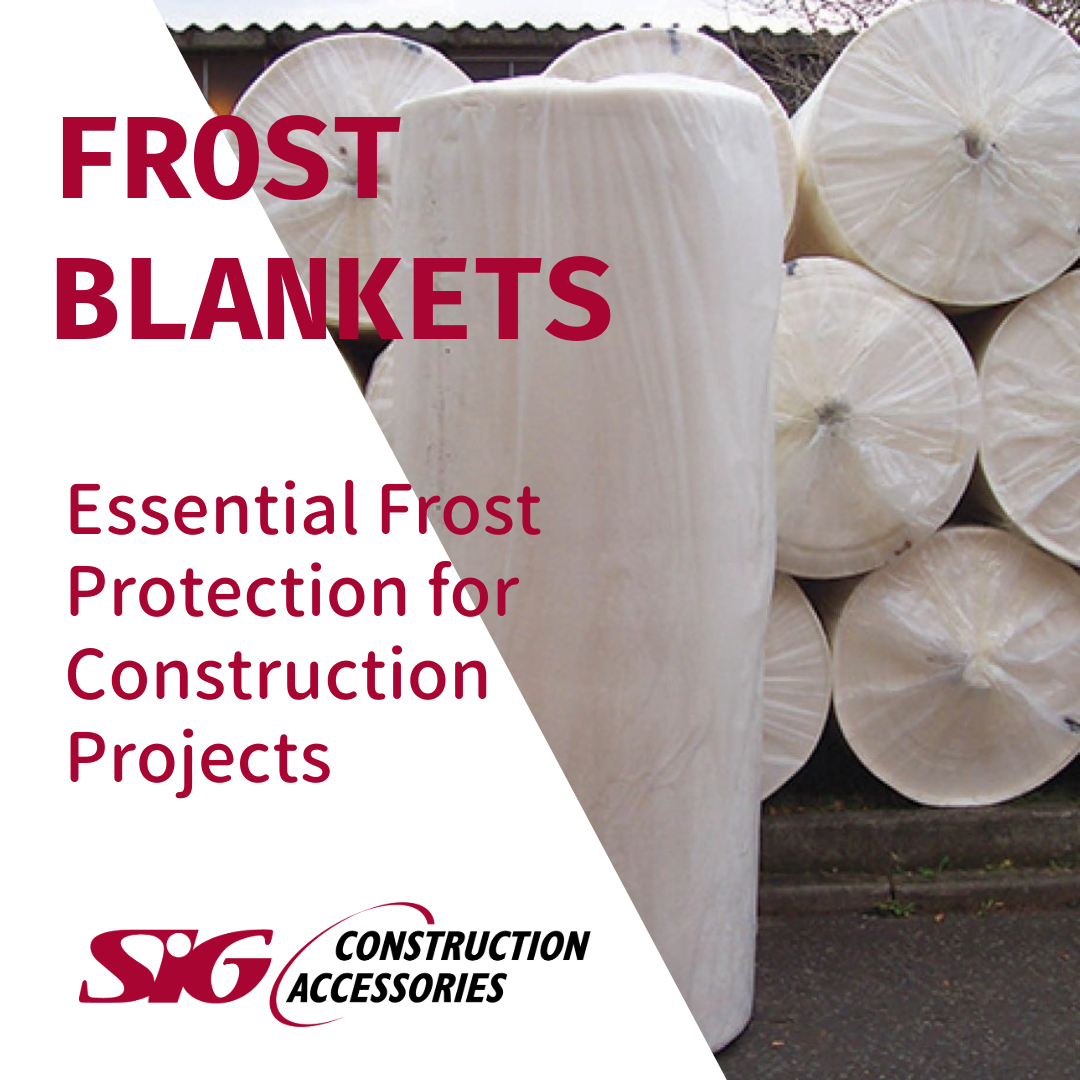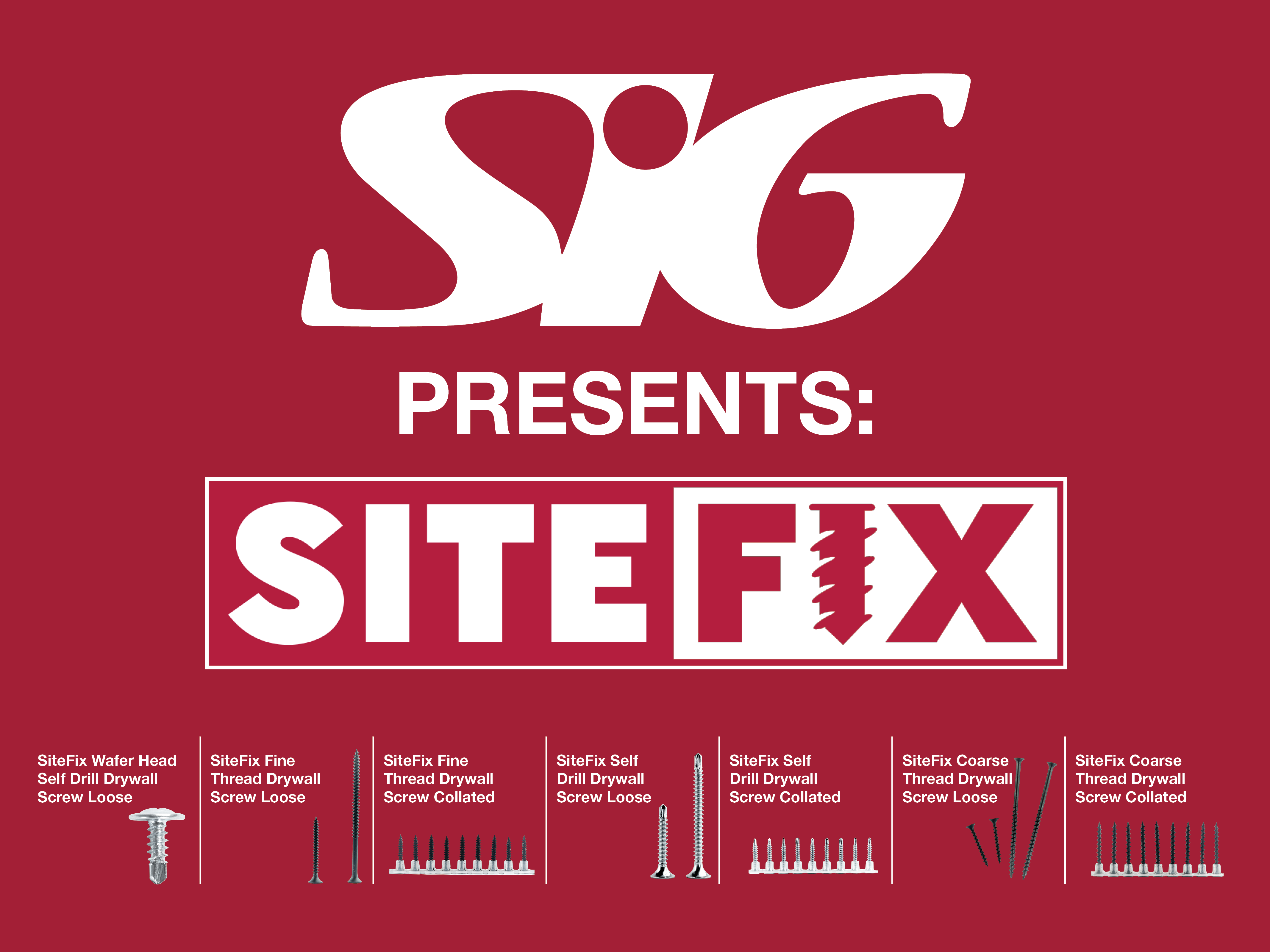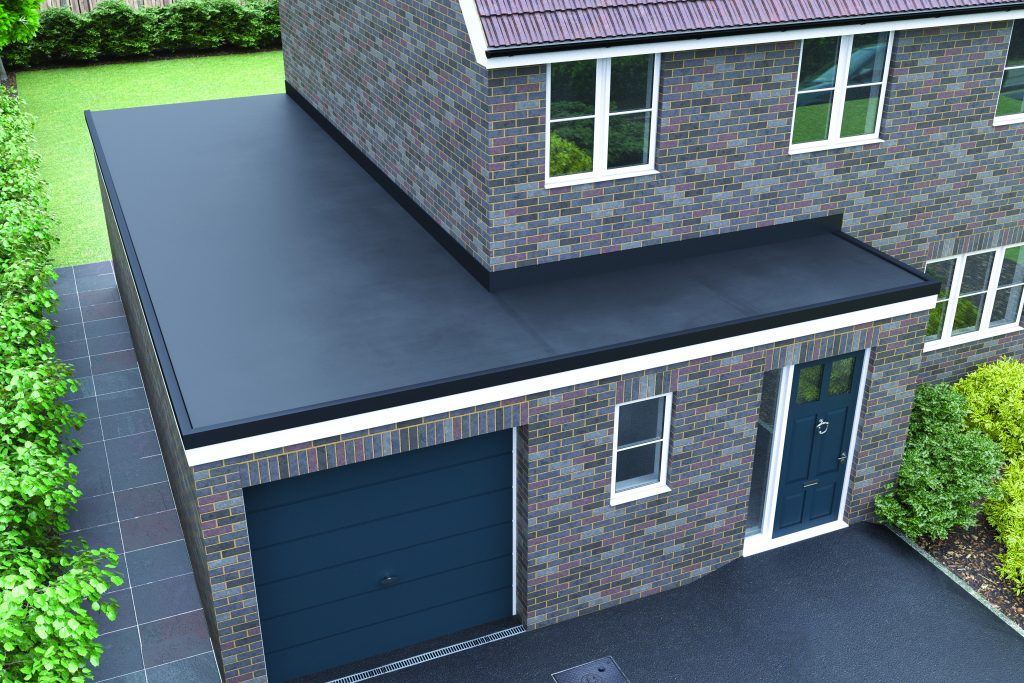 Imagine a roofing solution so durable that it can withstand the harshest weather conditions, yet so cost-effective that it fits comfortably within your budget. This is the promise of EPDM rubber roofing, a game-changer in the world of flat roofing solutions.
Imagine a roofing solution so durable that it can withstand the harshest weather conditions, yet so cost-effective that it fits comfortably within your budget. This is the promise of EPDM rubber roofing, a game-changer in the world of flat roofing solutions.
Introduction to EPDM Flat Roofing
EPDM stands for ethylene propylene diene monomer, a type of synthetic rubber renowned for its exceptional durability and versatility. As a roofing material, EPDM roofing has steadily gained popularity, becoming a top choice for both residential and commercial buildings with flat or low-slope roofs. But what exactly makes EPDM roof such a sought-after option?
Comparing Roofing Materials: EPDM vs. Felt and GRP
When considering a flat roof covering, several options exist, each with pros and cons. Let’s delve into a comparison of EPDM rubber roof systems against felt and GRP roofing, to understand what sets them apart.
Felt roofing, a traditional choice, is known for its affordability. However, it falls short in terms of longevity and requires frequent maintenance. GRP roofing, conversely, boasts durability and requires less upkeep. Nevertheless, it’s crucial to consider that GRP can be a pricier option compared to other roof coverings for flat roofs.
This is where EPDM shines. EPDM roofing systems are considerably less than asphaltic commercial roofing systems but comparable to other single-ply systems. This makes EPDM roofing rubber a cost-effective choice without compromising quality. Moreover, EPDM boasts exceptional durability. EPDM is highly resistant to UV rays, ozone, and extreme temperatures, making it a durable choice for commercial roofing. This resilience translates into a longer lifespan, lower maintenance needs, and ultimately, more significant long-term savings.
FIX-R is a high-performance EPDM flat roofing system offered by SIG that combines efficiency, convenience, and durability. Here are the key features and benefits of this innovative roofing solution:
System Overview
FIX-R EPDM is designed for both new builds and refurbishments, providing a complete flat roofing solution. The system is custom-cut to fit project specifications and delivered on a single pallet with all necessary accessories, streamlining the installation process.
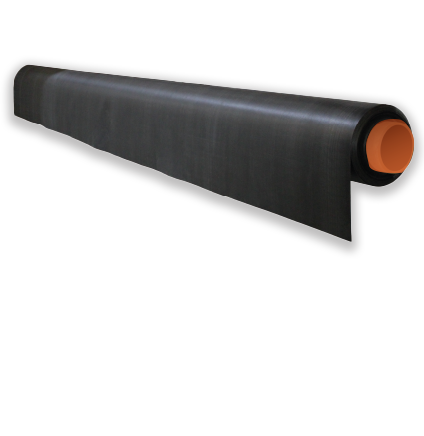 Key Features
Key Features
Membrane Specifications:
- Standard 1.2mm membrane thickness (10% thicker than competitors)
- Option for premium 1.5mm thickness available
Durability:
- High puncture resistance, preventing tears, splits, and cracks
- Excellent resistance to temperature extremes, UV radiation, and ageing
- 50+ year life expectancy
Installation Benefits:
- Quick and clean installation process
- Economical and safe heat-free application
Environmental Considerations:
- Maintenance-free
- Environmentally friendly
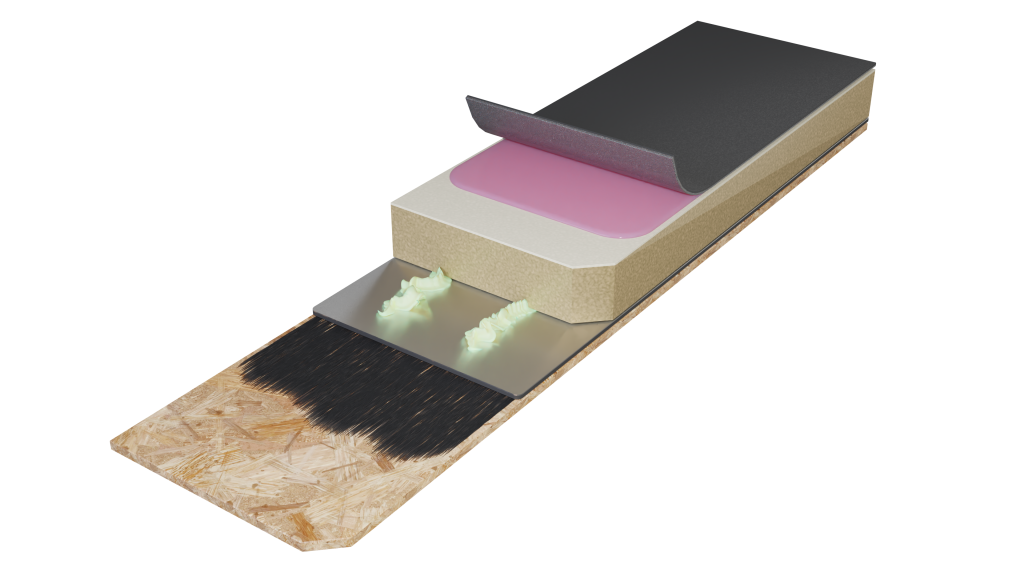 Performance Advantages
Performance Advantages
FIX-R EPDM offers unrivalled performance in several areas:
- Unmatched weatherability and flexibility
- Suitable for both refurbishments and new builds
- Manufactured by the world’s leading EPDM producer
- Half-century track record of proven durability
System Components
The FIX-R EPDM system includes:
- Custom-cut EPDM membrane
- Suitable air and vapour control layer
- Full range of accessories for complete installation
 Delivery and Service
Delivery and Service
- Available for delivery anywhere in Ireland and Northern Ireland
- Cut-to-size service to reduce on-site waste and improve efficiency
Why Choose FIX-R EPDM?
- Time-saving: Custom-cut membranes and all-in-one delivery reduce installation time
- Cost-effective: Reduced waste and efficient installation lower overall project costs
- Long-lasting: 50+ year life expectancy ensures a durable roofing solution
- Versatile: Suitable for various flat roofing applications
- Reliable: Backed by SIG’s expertise and support in roofing solutions
EPDM roofing offers a unique combination of durability and flexibility. Moreover, EPDM can be installed year-round, even in cold temperatures, due to its flexibility and pliability in low temperatures, as stated by Artisan Roofing CT. However, proper installation is paramount for maximising the lifespan of your EPDM roof and enjoying its full benefits for years to come.
Maintenance, Troubleshooting, and Repair Tips for EPDM Roofing
Investing in an EPDM roof for your building is a wise decision. However, like any other roofing system, EPDM roofing requires proper maintenance to ensure its longevity and performance. Fortunately, maintaining your EPDM rubber roof is relatively easy.
EPDM rubber roofing is renowned for its durability and low maintenance requirements. As highlighted by Artisan Roofing, “EPDM roofing requires very little maintenance; it is highly resistant to tears, punctures, and abrasions.” However, neglecting its upkeep can lead to issues down the line. For instance, American WeatherStar points out that “EPDM roofs can fail prematurely due to lack of maintenance, shrinkage, and defective seams.”
Let’s delve into a step-by-step repair guide for patching rubber roof covering, so you can address those potential issues:
by-Step Repair Guide for Patching EPDM Roofing
- Clean the Area: Begin by thoroughly cleaning the damaged area of the roof. Use a stiff broom to remove any debris, dirt, or loose material.
- Measure and Cut the Patch: Measure the damaged area and cut an EPDM patch that is slightly larger than the area you need to repair. This overlap will ensure a secure seal.
- Apply Adhesive: Apply a high-quality roofing adhesive to the underside of the patch and around the damaged area on the roof. Make sure to spread it evenly using a trowel or brush.
- Apply the Patch: Carefully position the EPDM patch over the damaged area, pressing firmly to ensure proper adhesion. Use a roller to remove any air bubbles or wrinkles.
- Seal the Edges: Apply a bead of sealant around all edges of the patch to create a watertight seal.
By following this guide, you can effectively repair minor damages and prolong the lifespan of your EPDM roofing system.
FAQs on EPDM Flat Roofing
Thinking about an EPDM roof for your building? I get why! It’s a popular choice, especially for flat or low-slope roofs. Let’s dive into some common questions I get about EPDM rubber roofing.
What even is “EPDM” anyway?
EPDM stands for “ethylene propylene diene monomer.” It’s a durable synthetic rubber membrane. Think of it like a giant, waterproof sheet that goes over your roof deck.
Is EPDM really that popular?
You bet! According to Roofing Contractor magazine, “In the commercial roofing market, EPDM accounts for 30% of single-ply sales, following TPO at 41% and PVC at 17%.” That makes it a major player in the roofing world.
But my neighbour said EPDM is only for commercial buildings?
Not at all! While it’s true that you’ll often spot EPDM membrane on big commercial projects, it’s also becoming increasingly common for residential buildings. The key is to find a qualified roofing contractor who’s experienced with EPDM rubber installations.
FIX-R EPDM represents a significant advancement in flat roofing technology, offering a combination of durability, ease of installation, and long-term performance that makes it an attractive option for roofing professionals and building owners alike. Get in touch with SIG today to order EPDM for your next roofing project.

